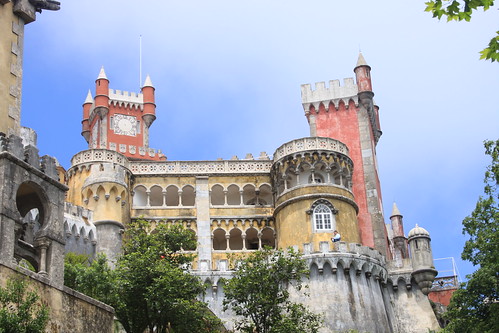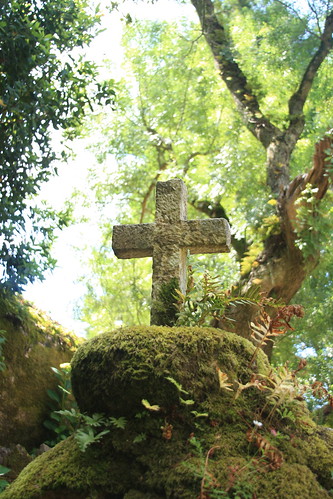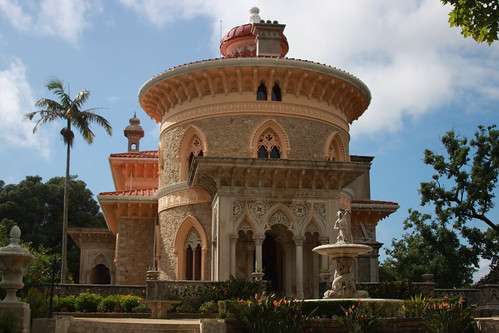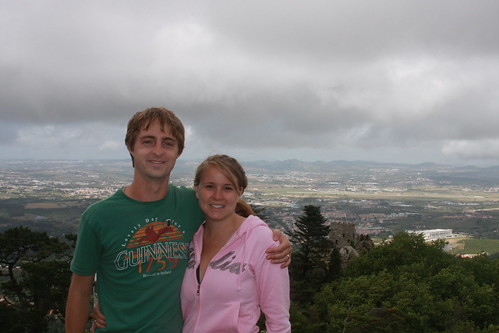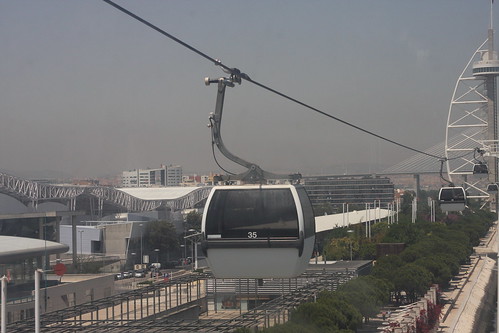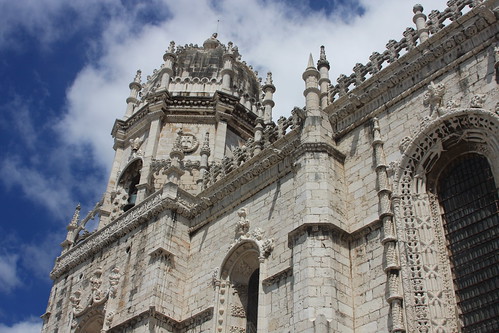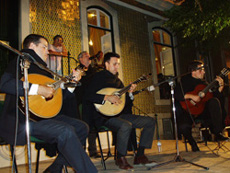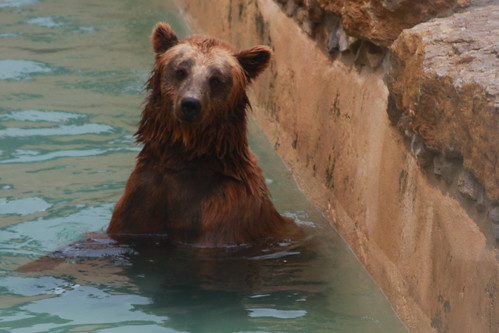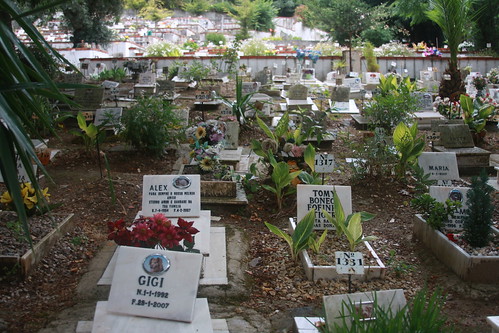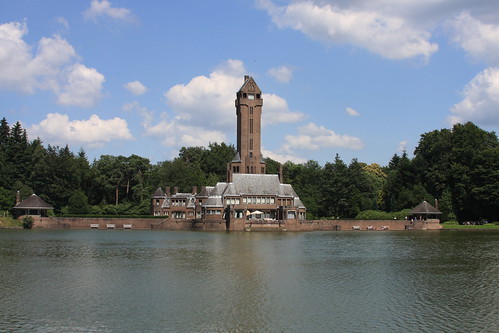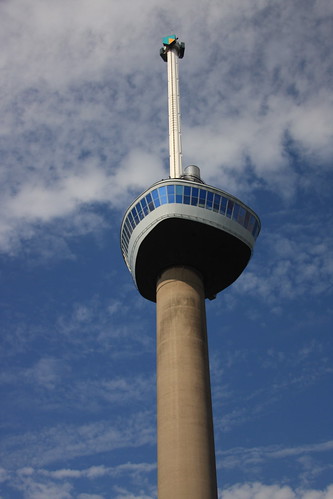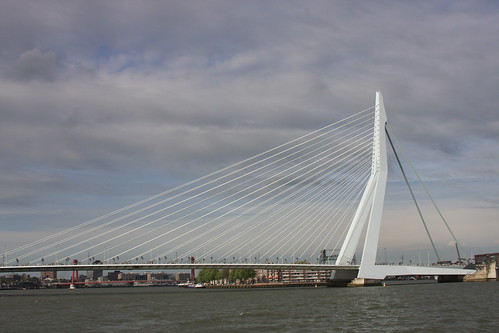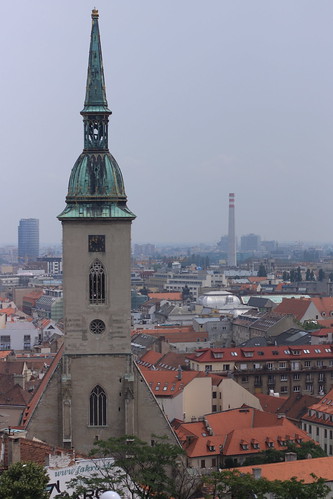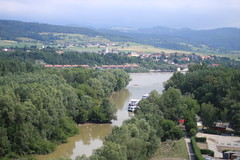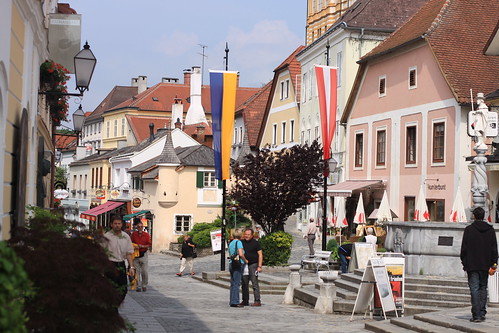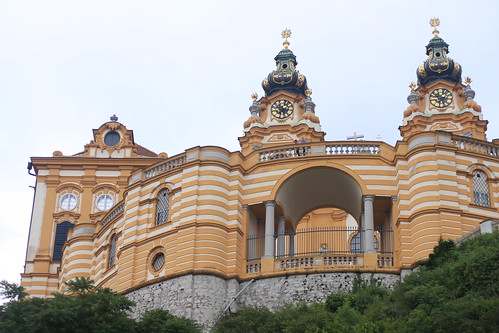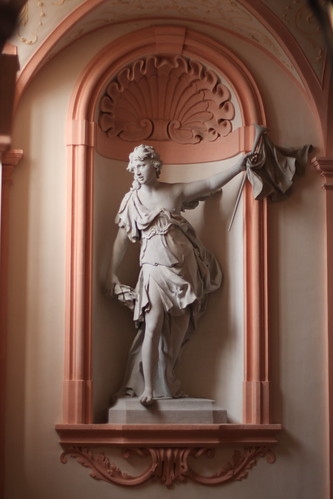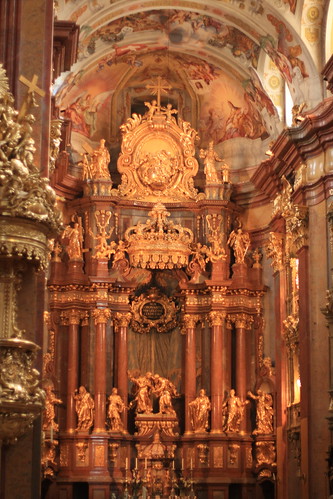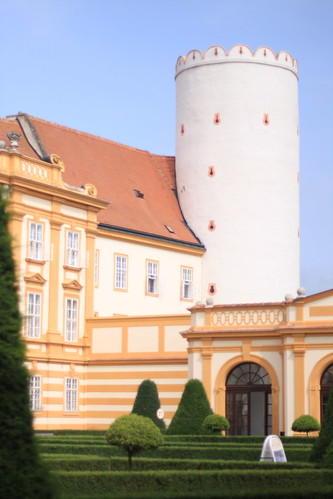For our last sojourn outside The Netherlands, Laura and I visited Wien, Österreich - better known in non-German circles as Vienna, Austria. The name Österreich literally means "Eastern Empire" and like everything we saw there, hearkens back to the days of the
Hapsburg family and the
Austro-Hungarian Empire. As Bill Bryson says in
Neither Here Nor There, "No one clings to former glories as the Austrians do..." This is evident in the grandeur that permeates much of the city center, from the palaces to the prominent monuments to national heroes like Mozart. (Another famous Austrian whose name popped up proudly and frequently was, of course, Sigmund Freud.)
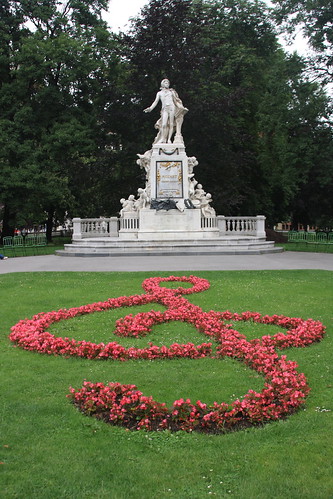 Wolfgang Amadeus Mozart
Wolfgang Amadeus MozartWhile in Vienna we were pleased to see several palaces. Below you see Laura standing in front of the
Belvedere Palace, which houses the Austrian Gallery. We also visited the impressive
Hofburg Palace, whose interior we viewed as part of an exhibit centered on the lives of
Emperor Franz Joseph (1830-1916) and his wife
Empress Elizabeth of Bavaria, or Sisi (1837-1898). Sisi was beautiful, mostly absentee, and was assassinated in Geneva in 1898. Since that time the image of the beautiful and mysterious empress has been
romanticized, usually for economic gain. Franz Joseph was still emperor when his heir, Franz Ferdinand, was assassinated in Sarajevo in 1914 and the dominoes of WW I began to fall. He died before seeing Austria's defeat.
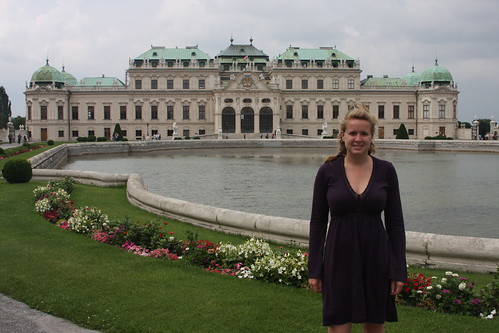 Laura in front of Belvedere Palace
Laura in front of Belvedere Palace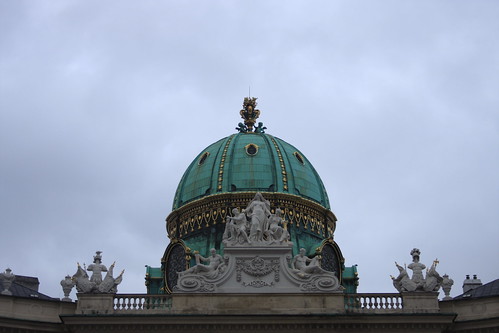 The dome of Hofburg Palace
The dome of Hofburg Palace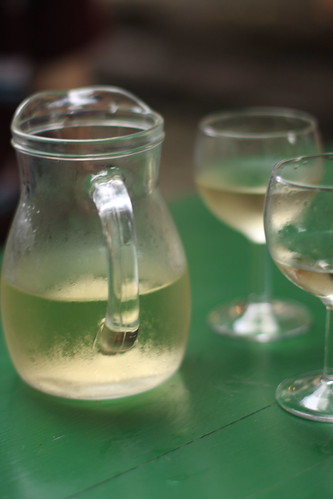
Wien is also a little famous (or infamous) for its wine, which we happily sipped at local
heurigen (wine gardens). In the mid-80's Austria found itself at the center of a scandal when it was discovered that many wine producers were using anti-freeze (ethylene glycol) as a wine sweetener. Today, all of that has been cleaned up and we were able to enjoy our wine in a very nice outdoor atmosphere without worry of side effects like nausea and death.
During our exploration of Vienna, we also happened upon the opening weekend of the
Music Film Festival at Vienna City Hall Park. The festival features free nightly film and music events for nearly two months (ending August 30th). There is also a tremendously cool "food circus" on location, containing some 20+ different cuisine offerings. Everything was there - Italian, Japanese, Turkish, Indian, Australian, Mexican, just to name a few - and Laura and I had such a hard time deciding that we went back more than once. This was more than a glorified fair atmosphere; the event was decidedly upscale and everything was of extremely high quality, with no paper plates or plastic silverware to be found, for example. Below you see the huge movie screen erected in front of the town hall surrounded by seating for 3000+ people. (The Viennese really know how to do summer entertainment.)
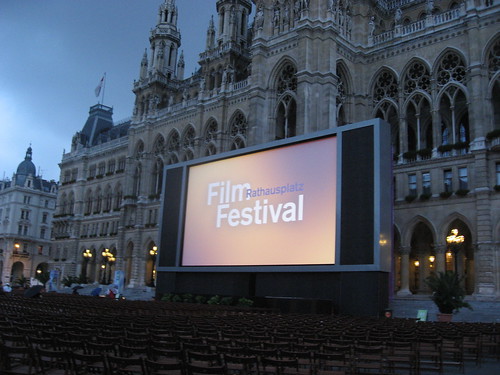
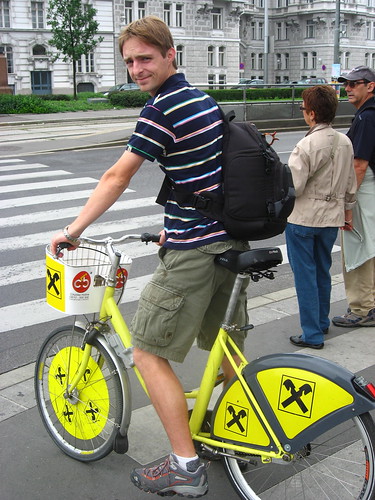
Many of Vienna's best sites are located in and around the
Ringstrasse (Ring Road), so in addition to riding the tram around the ring, we also borrowed some of Vienna's city bikes (found at racks throughout the city) to ride it at a more leisurely pace. Below are a few pictures we took. The first is a monument to Johann Wolfgang von Goethe, a famous German writer. Next you see
St. Stephen's Cathedral; the nifty roof was rebuilt in 1952 following WWII fire damage. Finally, one site that I found particularly interesting was the Soviet-built
Soviet War Memorial, which honors Red Army soldiers who died in the
Vienna Offensive. It is not particularly beloved in Vienna and has many alternate names, most notably "Memorial of the Unknown Rapist."
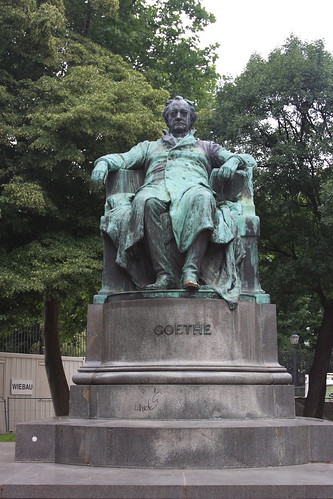
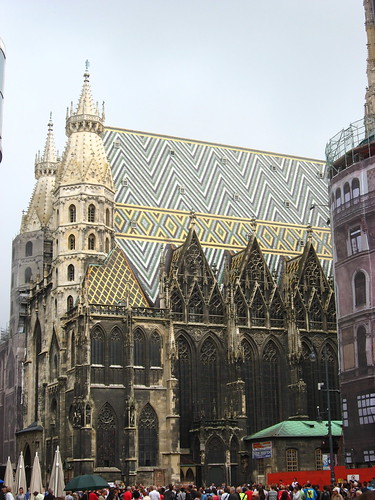
 Soviet War Memorial
Soviet War Memorial
 A short train ride outside of Lisbon is Sintra, a beautiful city nestled at the foot of rolling, tree-covered hills. The area, The Cultural Landscape of Sintra, is a UNESCO World Heritage Site in recognition of its many sites and architectural excellence. It also features a subtropical microclimate and is extremely green and lush.
A short train ride outside of Lisbon is Sintra, a beautiful city nestled at the foot of rolling, tree-covered hills. The area, The Cultural Landscape of Sintra, is a UNESCO World Heritage Site in recognition of its many sites and architectural excellence. It also features a subtropical microclimate and is extremely green and lush.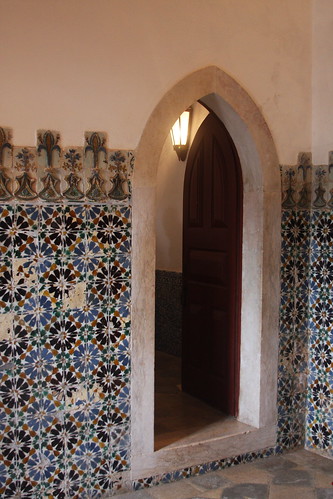 In the city itself, we visited Sintra Palace, built from 1415 onwards and continuously inhabited from the early 15th to late 19th centuries. Significant Islamic artistic influence, most notably tilework, is evident in Sintra Palace and many other buildings in Lisbon and Sintra.
In the city itself, we visited Sintra Palace, built from 1415 onwards and continuously inhabited from the early 15th to late 19th centuries. Significant Islamic artistic influence, most notably tilework, is evident in Sintra Palace and many other buildings in Lisbon and Sintra.
